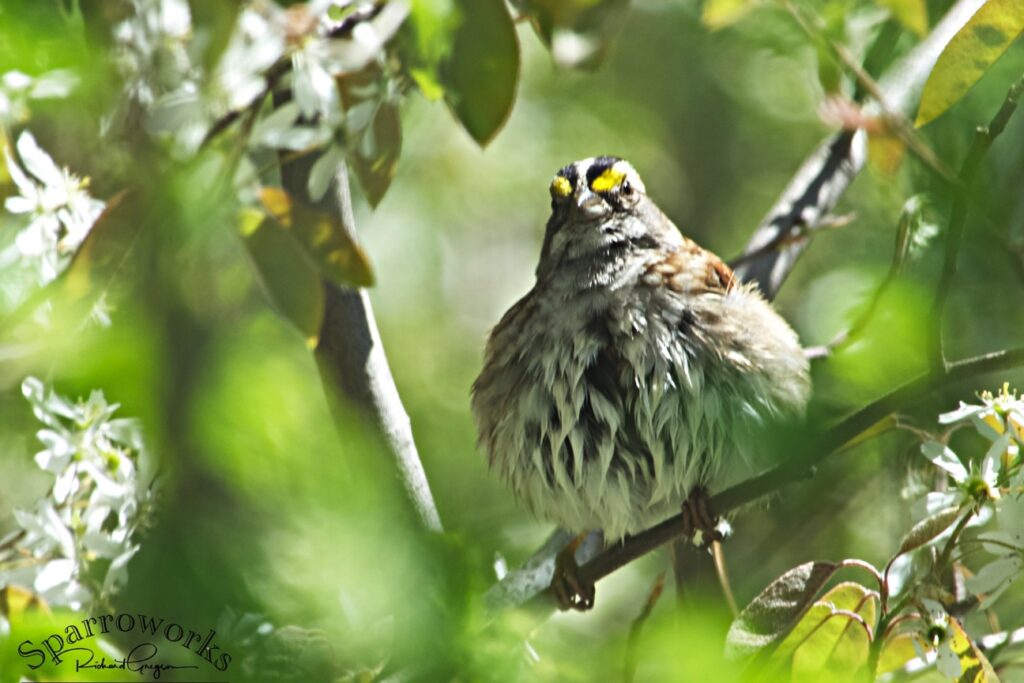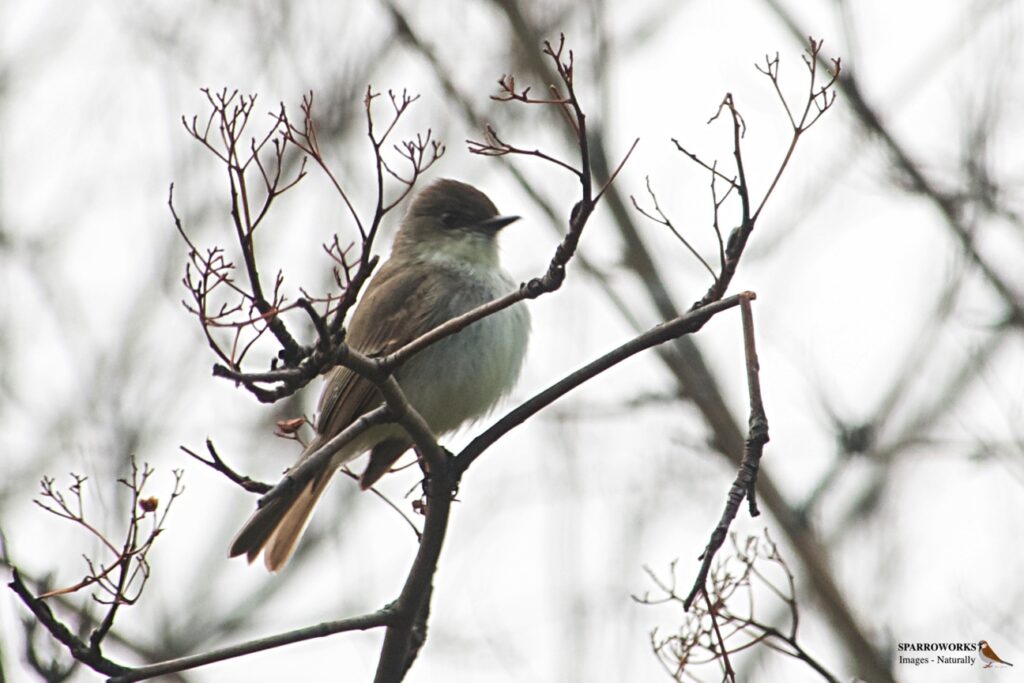The birds are back in town. And we can welcome them to our gardens by giving them their favourite foods and a safe place to perch.
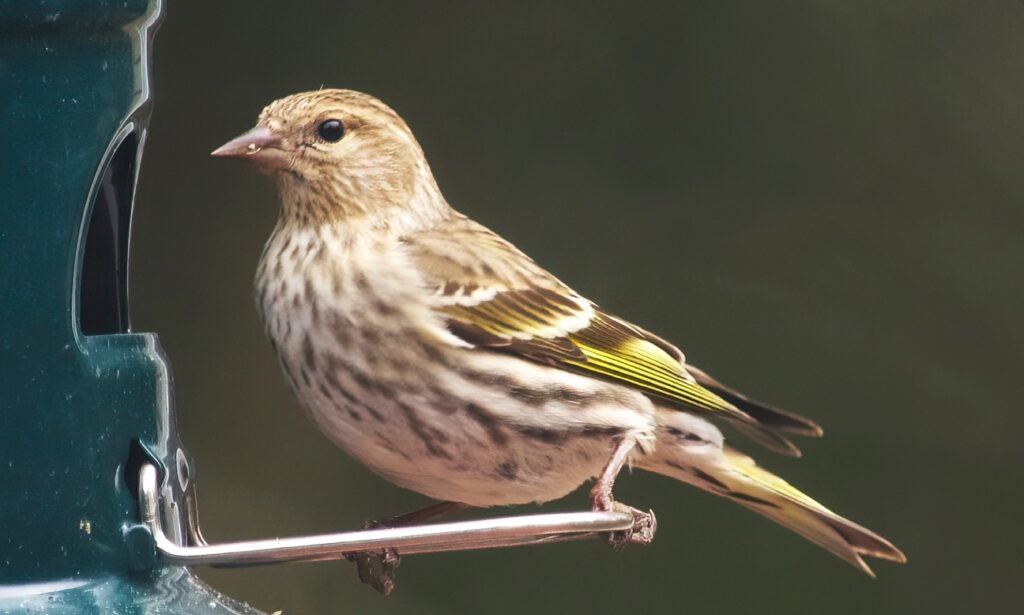
As avid bird watchers, Jean and Richard Gregson make their Baie d’Urfé garden a welcoming haven for their feathered friends throughout the year. But spring is particularly special as migratory birds visit their backyard, eat seeds at the feeders, and splash in the pond.
“The early spring birds that come through are the Red-winged Blackbirds and Common Grackles,” says Richard. “The song sparrows are also back. By the third week in May, other migratory birds arrive, and they stop at our pool on their way to the forests in the Morgan Arboretum and farther north.”
The couple takes delight in watching birds throughout the year. “We feed them all winter and keep a list of the ones we see,” Jean says. As volunteers in several Citizen Science programs, including one created by Birds Canada, they observe birds in their region as part of a countrywide monitoring effort. Richard also photographs visitors to the garden with a telephoto lens.
The couple count, on average, 80 species of birds in their garden throughout the year, and about 30 species during the winter months. “We had three species of Woodpeckers: Downy, Hairy and Pileated,” Jean says. Some bird species native to northern Canada—Pine Siskins, Juncoes and Redpolls, among them—fly to southern Quebec for the winter. “Then they go back up north in the spring for the breeding season,” she adds.
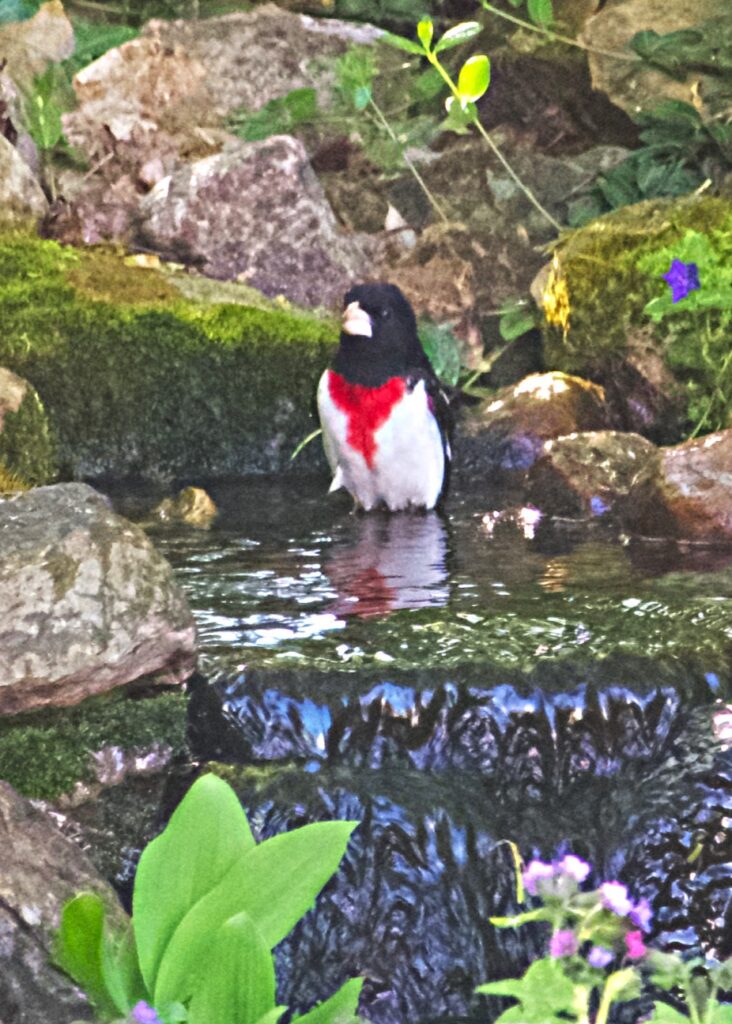
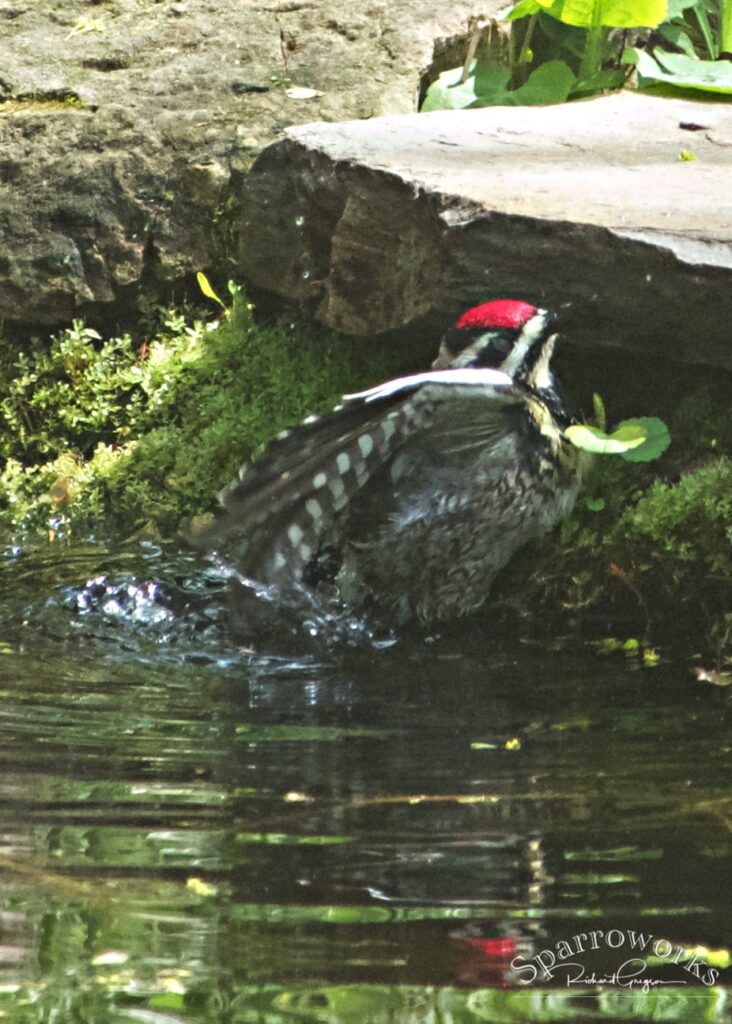
Among the visitors the couple anticipates in the next few weeks are Baltimore Orioles, White-throated and White-crowned Sparrows, kinglets and warblers. On occasion, they’ve seen Mallard ducks and Great Blue Herons in their pond. The hummingbirds will arrive in May.
Creating a backyard environment that is attractive to birds, says Richard, requires thinking like a bird. “A bird is coming to your garden for shelter or food,” he says. “So don’t position your feeders in the middle of the lawn where they’re exposed to predators.” Placing feeders near protective vegetation—conifers or dogwoods, for instance—gives birds an escape hatch from such threats as cats.
Moreover, Richard adds, many homeowners remove lower branches from trees and wonder why birds shun their yards. The branches offer safety and cover, he says.
The feeders in this couple’s garden are stocked twice weekly all year ’round with black sunflower seeds and peanuts (unsalted and unroasted). There’s also suet, which is “mainly eaten by starlings and woodpeckers,” Richard says.
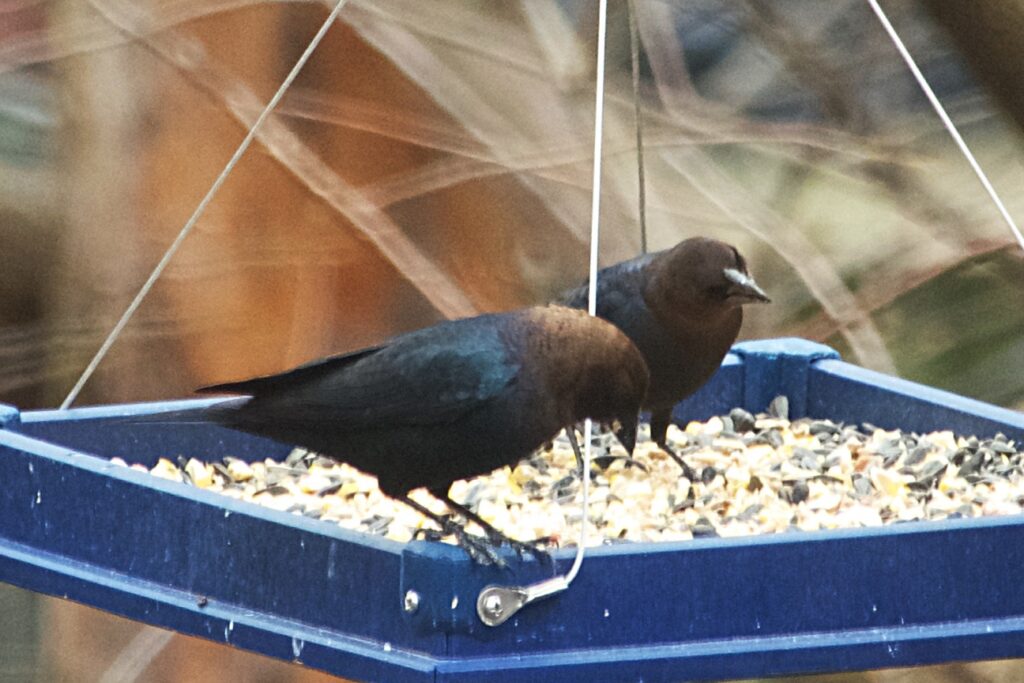
Providing water to drink is not a challenge during the warm months. However, says Jean, the electrically heated birdbath that is perched on the railing of their backyard deck all winter provides the little visitors with water regardless of cold temperatures. “They gather in groups and sit on the edge of the birdbath to enjoy its warmth,” she says. “Birds can eat snow but it takes energy to melt it.”
As waves of migratory birds fly through this spring and find a warm welcome in the Gregsons’ garden, the couple is kept busy filling the feeders and taking photos of their exquisite little guests. They are hospitable hosts.
